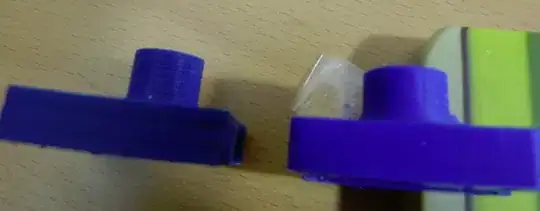As with many topics in 3D printing, there can be many variables that produce this result.
Immediately, your images make me think that the belts on your machine are not tight enough. This can cause noise in every direction of movement and is more prominent in backlash areas. I would suggest going through your general maintenance checklist:
- Replace Build Plate tape
- Level build plate (An uneven plate or improper height can yield these results as well)
- Teach your axis belts
- Clean/lube guide rails
- Clean drive gears
Keeping up on your maintenance (I do mine about every 5 prints) should reduce noise in your motion and ensure better quality prints, mechanically speaking.
As mentioned above, your results may be caused by your BP being leveled too low (or too high). If your build plate height is off, the filament will not adhere to previous layers very well (if too low) and can cause this back and forth "spaghetti noddle" effect on outer layers. If the build plate is too high, you might see the nozzle physically "spreading" the previous layer around as the nozzle digs into the layer.
Another possible fix for this would be to play with the settings in your slicing engine that involve the order that shell/roof/floor layers are printed. ie Start inside-out or start outside-in.

